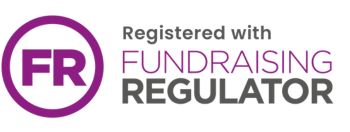Another exciting area of neglect rehabilitation is the use of prism lenses, a technique known as prism adaptation. The literature on this subject is summarised in a 2009 review in the Journal of Behavioural Optometry.
The process involves patients wearing prism lens glasses that shift their view to the right. When asked to point at objects, they make errors by missing to the right. However, visual feedback allows them to compensate for the errors and correct towards the left. The particularly exciting thing about this treatment is that the deviation to the left persists after the prism lenses are removed and this can produce a relatively longlasting improvement in symptoms.
Rosetti et al's original 1998 study found that after prism adaptation, patients were significantly better at several tests of neglect. These tests included dividing a line in half and copying a simple drawing, with improvements maintained for two hours after the treatment.
Further studies have shown improvements in a wide range of neglect symptoms, with the effects lasting up to six months. How prism adaptation works is still not fully understood, but its use is thought to have huge implications for neglect rehabilitation. The technique can potentially both reduce patients' symptoms and also improve our understanding of the causes of neglect.
Reference
Massucci, M. (2009) Prism adaptation in the rehabilitation of patients with unilateral spatial inattention. Journal of Behavioural Optometry, 20, 101-105.
Back









